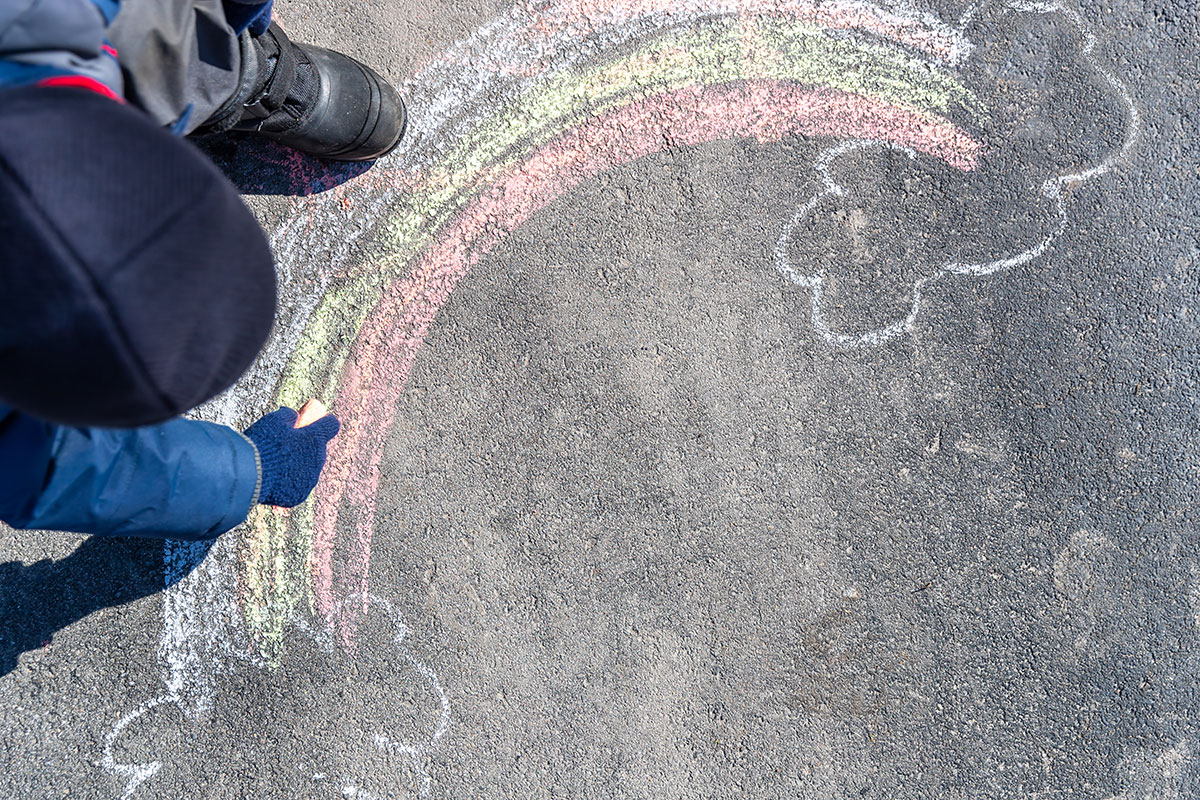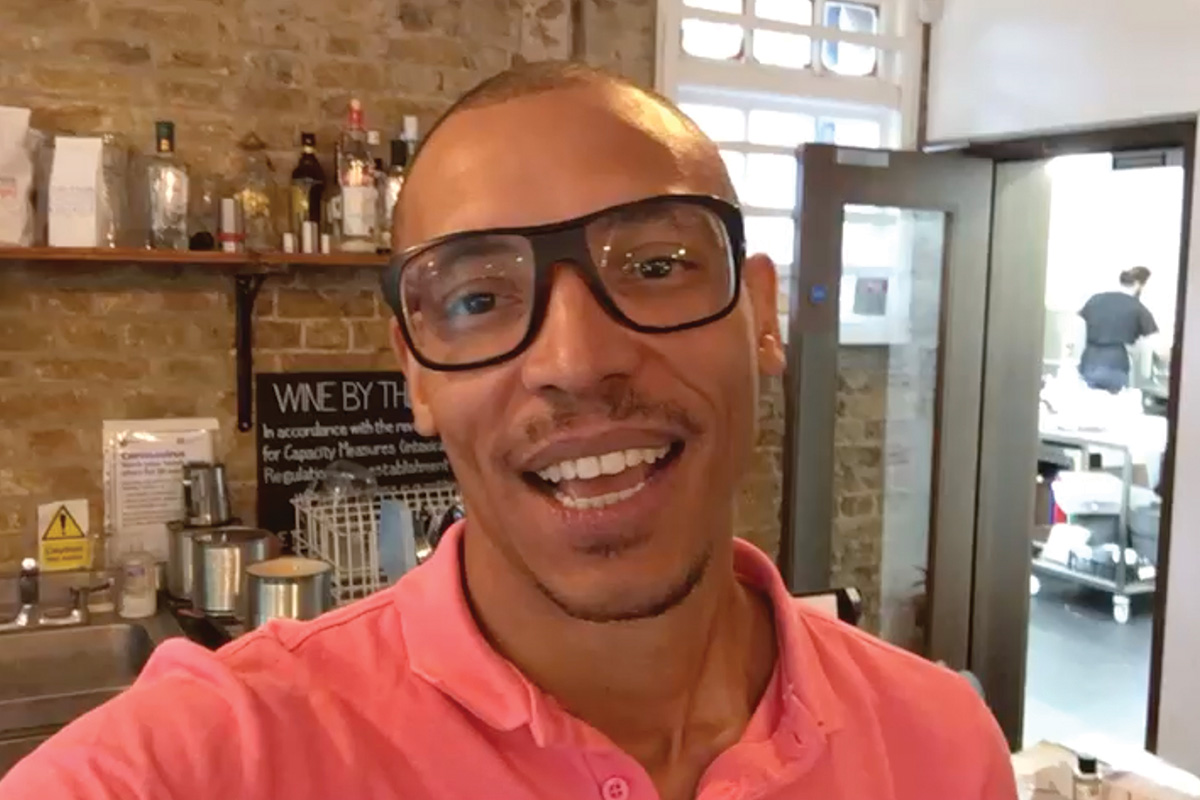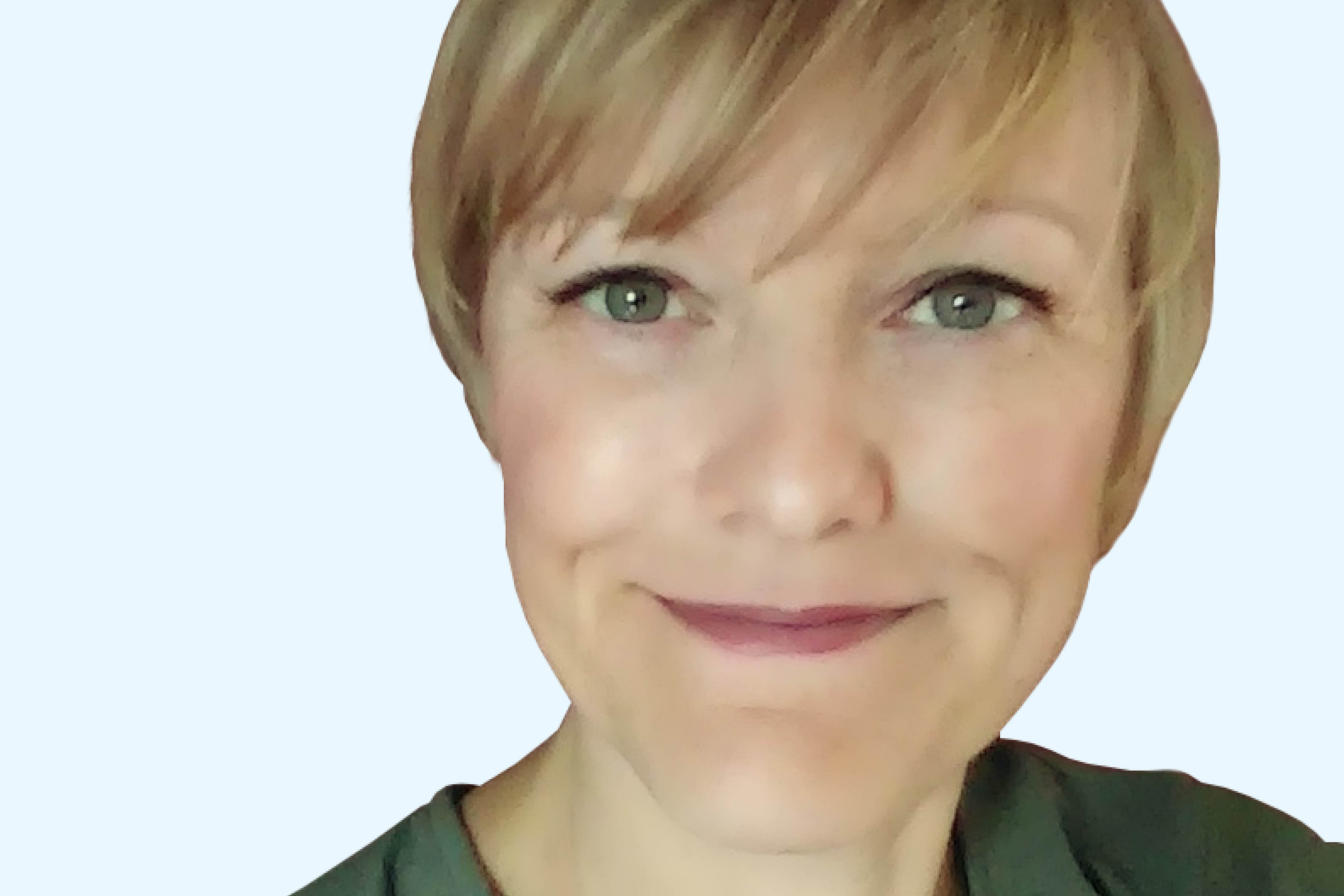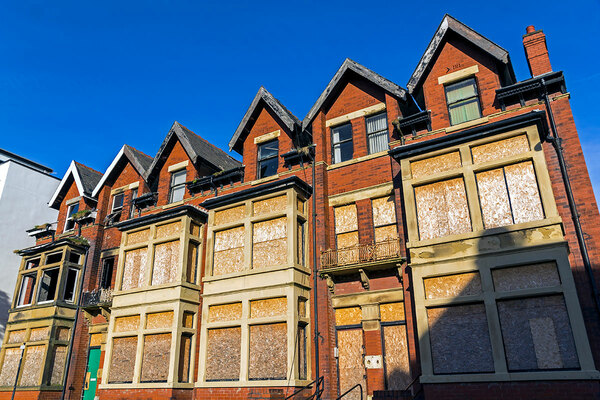How will ‘tactical urbanism’ change public spaces after COVID?
During the pandemic, streets have closed and been transformed. Verity Parkin argues these measures could have a role to play in placemaking in future
The COVID-19 pandemic has undoubtedly changed the way people across the world view public spaces. Worldwide, public space was transformed rapidly: chalk and temporary signage indicated where and in what direction people should walk to achieve a distance of two metres; cones marked out temporary bike lanes; whole stretches of streets were closed to cars to allow people to sit outside and shop from outdoor stalls. Roads became pedestrian walkways; streets became playgrounds. Previously car-dominated city streets became spaces for neighbours to socialise, children to play and cafes to operate outdoors.
“Through tactical urbanism, people had a unique chance to experience the previously unimaginable: what city life could be like if far more space were devoted to pedestrians than cars”
These are examples of tactical urbanism: temporary, low-cost changes to public space with the potential to inspire long-term change. In fact, worldwide, many of these “temporary” projects are being made more permanent, including the pedestrianisation of 16 miles of street space by the Denver transport department – creating the ‘Shared Streets’ programme.
As a recent graduate and urban activist with a particular interest in the intersection of urban planning and psychology, it was the palpable change in attitude that fascinated me. Through tactical urbanism, people had a unique chance to experience the previously unimaginable: what city life could be like if far more space were devoted to pedestrians than cars.
Keen to find a way to get involved, I started volunteering at New Union, the Birmingham-based, not-for-profit civic innovation group. Collaborating with fellow volunteer Alex Robinson and New Union director Nathan Coyle, we designed and facilitated the virtual Rethink Re:Place Festival in February 2021, aimed at catalysing global conversations around the opportunities of tactical urbanism post-pandemic. The festival week involved workshops on tactical urbanism with city councils in the UK and Canada, a public policy hackathon, and even the release of a children’s lesson on placemaking.
“While the pandemic has seen many find joy in reconnecting with their local space, it has also illuminated vast inequalities in terms of access to green space and social space, and the devastating impact this can have on physical and mental wellbeing”
More than 100 people over five continents were involved in the Rethink Re:Place festival, including urban planners and designers, city councillors, policy officers, activists and university students. During this difficult time, it gave me great hope to see people from around the world engage with Rethink Re:Place – united by the common goal of pushing for participative approaches which celebrate inclusivity. Reflections and findings are summarised in a report available on the Rethink Re:Place festival website.
Following the success of the festival, and building on feedback from more than 80 industry leaders and participants, we have developed a toolkit offering all the materials needed to run a tactical urbanism training workshop with participative activities. Free and open source, it includes a workshop presentation, facilitator script and even materials to promote the workshop.
While the pandemic has seen many find joy in reconnecting with their local spaces, it has also illuminated vast inequalities in terms of access to green space and social space, and the devastating impact this can have on physical and mental well-being. My hope is that the toolkit will allow housing professionals and residents to run workshops in tactical urbanism, trialling it as a powerful tool for improving well-being and collectively reimagining the future of housing.
Across the world, there is an impetus to ‘build back better’ in cities post-pandemic. I hope housing professionals will consider using tactical urbanism as an innovative tool to build back differently, to give agency to residents and shape housing that is better able to support physical and mental well-being.
To download the free, open-source toolkit, which includes all the materials needed to run your own tactical urbanism training workshop, visit: www.new-union.org/rethinkreplace.html
Sign up for our asset management newsletter
Already have an account? Click here to manage your newsletters












